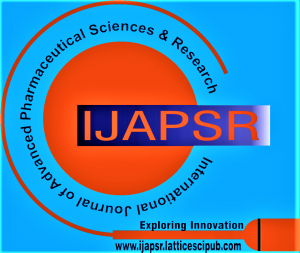![]()
Recent Therapeutic Status of Photodynamic Therapy for the Treatment and Diagnosis of Cancer
Pratikeswar Panda
Pratikeswar Panda, Department of Pharmaceutics, Siksha ‘O’ Anusandhan University, Bhubaneswar (Odisha), India.
Manuscript received on 12 February 2023 | Revised Manuscript received on 18 March 2023 | Manuscript Accepted on 15 April 2023 | Manuscript published on 30 April 2023 | PP: 11-19 | Volume-3 Issue-3, April 2023 | Retrieval Number: 100.1/ijapsr.A4034124123 | DOI: 10.54105/ijapsr.A4034.03030423
Open Access | Editorial and Publishing Policies | Cite | Indexing and Abstracting
© The Authors. Published by Lattice Science Publication (LSP). This is an open-access article under the CC-BY-NC-ND license (http://creativecommons.org/licenses/by-nc-nd/4.0/)
Abstract: Photodynamic therapy (PDT) is a cancer and infectious illness therapy that uses reactive oxygen species (ROS) produced by light and a photosensitizer to cause cellular damage. In this review, we focus on recent advancements of PDT and how they may be manipulated to improve clinical outcome in cancer patients. PDT has demonstrated a promising translation into cancer therapeutics when combined with chemotherapy, PTT and immunotherapy. Additionally, PDT is being used to treat bacterial infections and combat antibiotic resistance. We have now covered the new paths PDT is taking in the treatment of infectious and cancerous disorders. In summary, we believe that advancements may significantly impact the development of PDT for cancer treatment using nanomaterials and thoughtful design.
Keywords: Photodynamic Therapy (PDT), Oxygen Species (ROS), Translation, Chemotherapy, Immunotherapy, Antibiotic Resistance.
Scope of the Article: Pharmacy Practice
